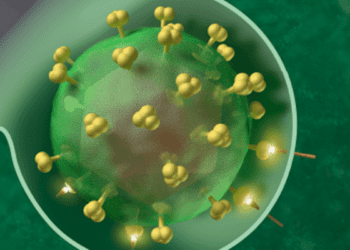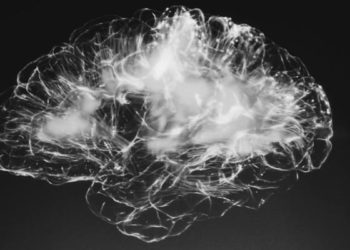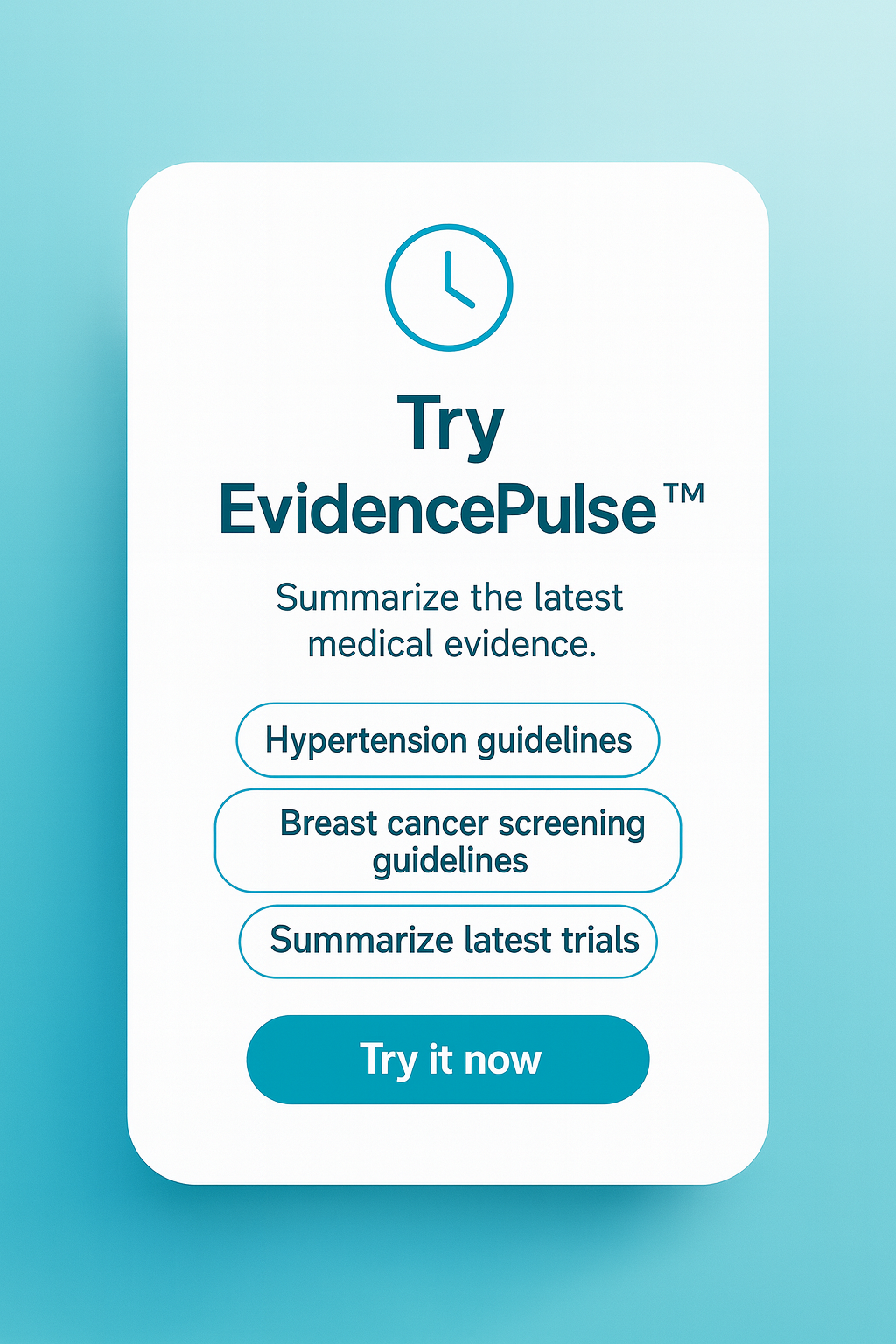No difference between therapeutic hypo- and normo-thermia with in-hospital cardiac arrest in children
1. In children who suffered in-hospital cardiac arrest, there was no significant difference in 1-year survival in those randomized to a therapeutic hypothermia group compared to those in a therapeutic normotherapy group.
2. Additionally, there were no differences in terms of secondary outcomes, including change in neurobehavioral function from baseline to 1 year, 28-day mortality, blood-product use, or infection.
Evidence Rating Level: 1 (Excellent)
Study Rundown: Previous research has not yet elucidated the relative benefits of therapeutic hypothermia (target temperature 33.0ºC) versus normothermia (target temperature 36.8ºC) in the context of in-hospital cardiac arrest among children. For out-of-hospital cardiac arrest in children and adults, current guidelines recommend either approach based on mixed evidence. In this randomized trial, the authors sought to compare these approaches in cases of in-hospital cardiac arrest among children. The study was terminated prematurely due to futility after 329 patients were randomized. In the primary efficacy outcome analysis, there were no significant differences between therapeutic hypothermia and normothermia groups in terms of 1-year survival after cardiac arrest with a neurobehavioral functioning profile above a prespecified cut-off. Similarly, there were no significant differences in terms of changes in neurobehavioral function from baseline to 1 year, 28-day mortality, blood-product use, or infection.
The THAPCA-IH trial sheds light on an important outstanding question regarding the standard of care for in-hospital cardiac arrest among children. The strength of the trial is its randomized design, despite being a high-intensity clinical setting in which formal clinical trial approaches may be limited. Drawbacks include a stringent set of inclusion criteria limiting generalizability and premature termination of the study (due to inability to find a meaningful difference between the groups), which therefore does not allow testing of the hypothesis that there may in fact be smaller (but statistically significant) differences between the groups in a better-powered study. There was also a relatively long interval between cardiac arrest and achievement of the goal temperature, thought to be due in part to the decision not to restrict the trial to high-enrolling sites alone.
Click to read the study, published today in NEJM
Relevant Reading: Targeted temperature management at 33ºC versus 36ºC after cardiac arrest
In-Depth [randomized controlled trial]: The THAPCA-IH trial involved 329 children, with a median age of 1 year, across 37 children’s hospitals, who suffered in-hospital cardiac arrest and were subsequently randomized to one of two trial arms: therapeutic hypothermia (target temperature 33.0ºC) versus therapeutic normothermia (target temperature 36.8ºC) for 120 hours in both groups. The most common causes for cardiac arrest in this population were bradycardia, pulseless electrical activity, and ventricular fibrillation or tachycardia. The primary efficacy measure involved a prespecified subgroup analysis of patients who had a score of 70 or higher at baseline on the Vineland Adaptive Behavior Scales (scores range from 20 to 160 with higher scores indicating better neurobehavioral function), investigating the rates at which patients achieved a score over 70 after the 12-month time point. There was no significant difference between the hypothermia (36%) and normothermia (39%) groups, with a relative risk of 0.92 (95% CI, 0.67 to 1.27; p = 0.63). Similarly, there were no significant differences in the change in VABS-II score from baseline to 12 months (p = 0.70) or other secondary outcomes, such as blood product use (p = 0.76), culture-proven infections (p = 0.78), or all-cause mortality at 28 days (37% vs. 41%, p = 0.40). The trial was terminated prematurely by the data and safety monitoring board before the attainment of the target enrollment because of futility.
Image: CC/Wiki
©2017 2 Minute Medicine, Inc. All rights reserved. No works may be reproduced without expressed written consent from 2 Minute Medicine, Inc. Inquire about licensing here. No article should be construed as medical advice and is not intended as such by the authors or by 2 Minute Medicine, Inc.









